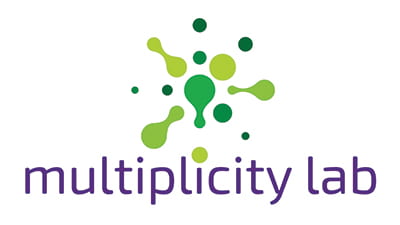Image of the Week: Which is More? with Dice
April 17, 2022Which is More? with Dice
Look at this week’s image: Which is more? This question could be asking two different things. First, it could treat the dice as objects and be asking, Are there more dice on the left or right? Younger students might count the dice or decompose them into groups of ones, twos, and threes to figure out which side has more dice.
Second, the question could be asking, Are the more dots on the left or the right? This is where the task gets very interesting. As we’ve noted before, when asking, “Which is more?” we don’t actually need to know how many there are, just a way to reason about the relationship between the two groups. Students could find the sum of all the dots on the dice on each side and compare. They might have a myriad of strategies for doing just that, including making five and tens or other friendly numbers. But they don’t have to.
Consider the dice on each side, and notice that there are repeated numbers. There is a 6 on each side. And a 5 on each side. And a 4 on each side. If we think of the question like a balance scale asking which way the balance tips, these equal values on both sides are irrelevant. They cancel each other out because they are equal. And because they are equal, we can ignore them. What does that leave? On the left that leaves 3 and 2. On the right, 4 and 1. One strategy would be to compare only these dice, which both have a sum of 5. In fact, neither side is more; they are equal.
Students likely won’t jump to this kind of thinking immediately. They will likely need to try comparing groups of dice repeatedly before they develop more efficient strategies. But you can support this kind of thinking by asking, How could we figure out which is more without counting or adding all the dots? Even if they already know that both sides are equal, this kind of question can push students to get creative, and invent a new way of comparing.
And if you have access to dice, turn this activity into a partner game. Give each partner 3-6 dice and have them roll and compare. It’s a lot of fun and some very productive mathematical work!
And we invite you to follow us on Twitter! Tweet us the fascinating ideas you students have about our activities or how you’re trying these activities in your space. We can’t wait to hear from you!
To multiplicity, cheers!
Jen Munson and the multiplicity lab group

